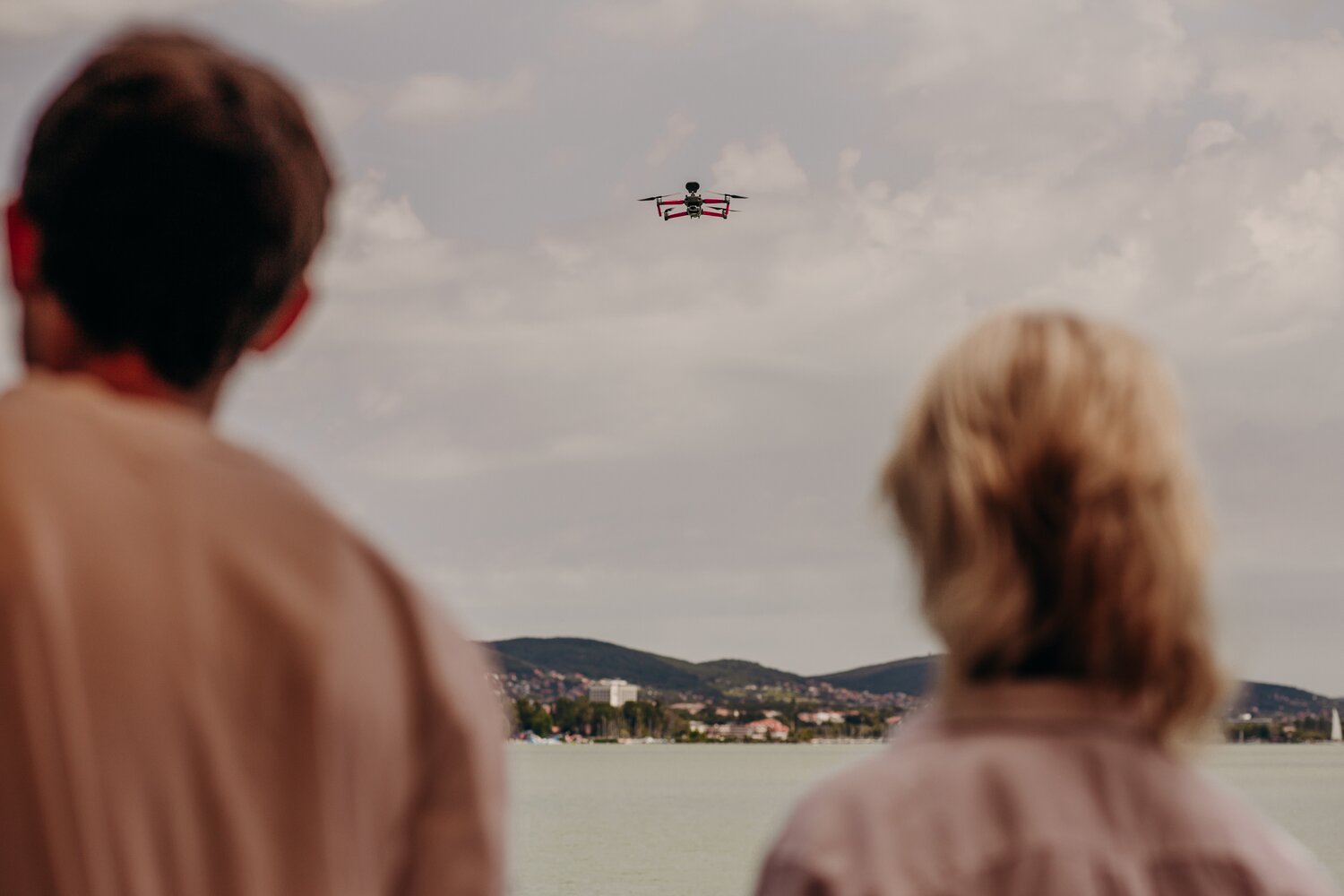The Balaton lifeguard crew has been expanded to commandeer three drones this summer. These machines use warning speakers and thermographic cameras, and they can even throw down a lifebelt when needed.
Magyar Telekom and the Water Rescue Services of Hungary have recently unveiled a vital innovation: the drones that can offer crucial assistance to Balaton's lifeguard crew during rescue operations.
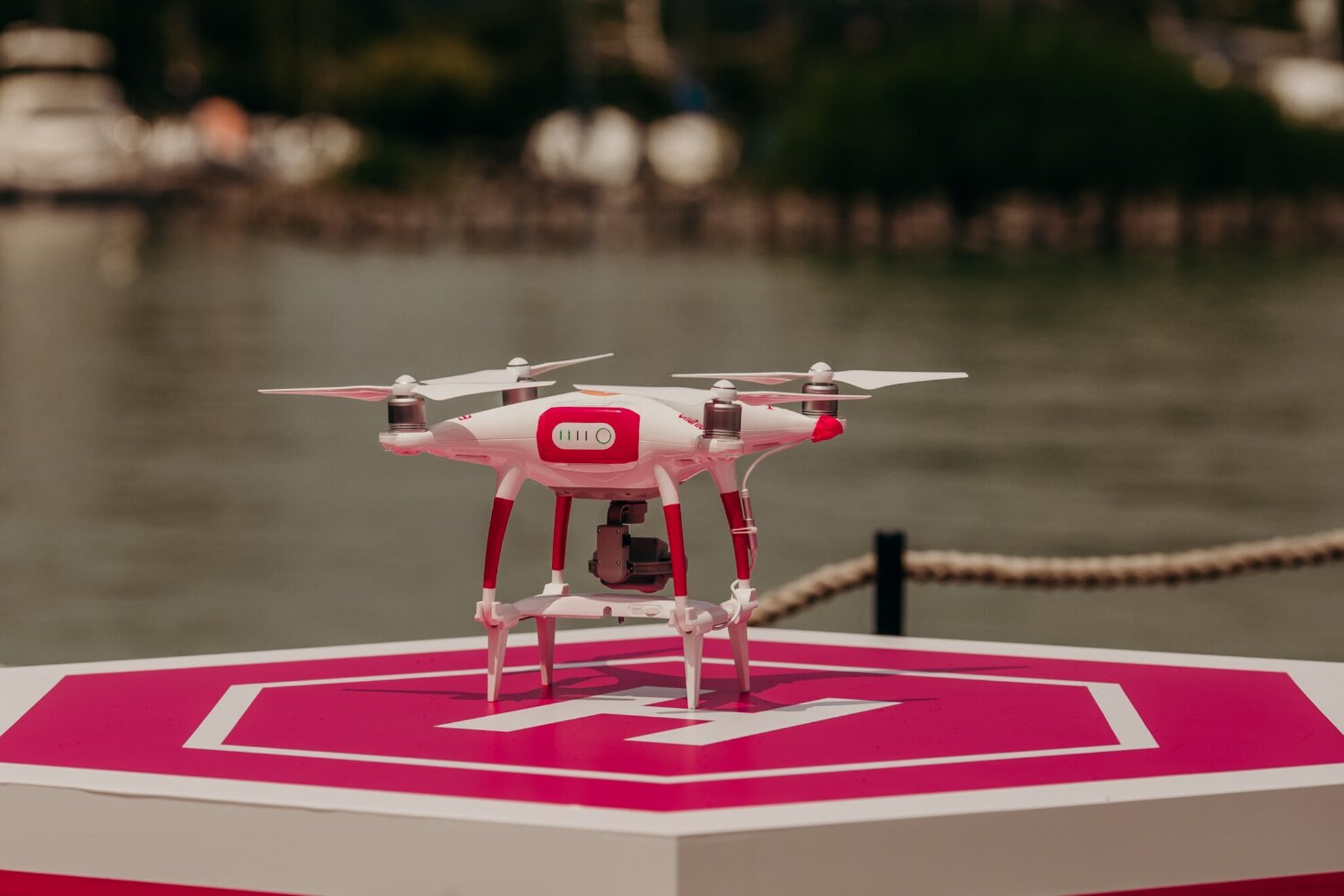
The machines were provided by Magyar Telekom, whose Deputy Director, Melinda Szabó demonstrated their capability by having a drone greet journalists at the press launch in Tihany. Then a short film was screened to showcase the various functions of these latest lifeguards.
According to Sándor Bagyó, President of Hungary's Water Rescue Services, Lake Balaton is the safest in Europe thanks to its vigilant lifeguards alerting the rescue control centre at Balatonkenese via radio. The lifeguard crew is equipped with a fleet of eight boats, an ambulance and now, drones.
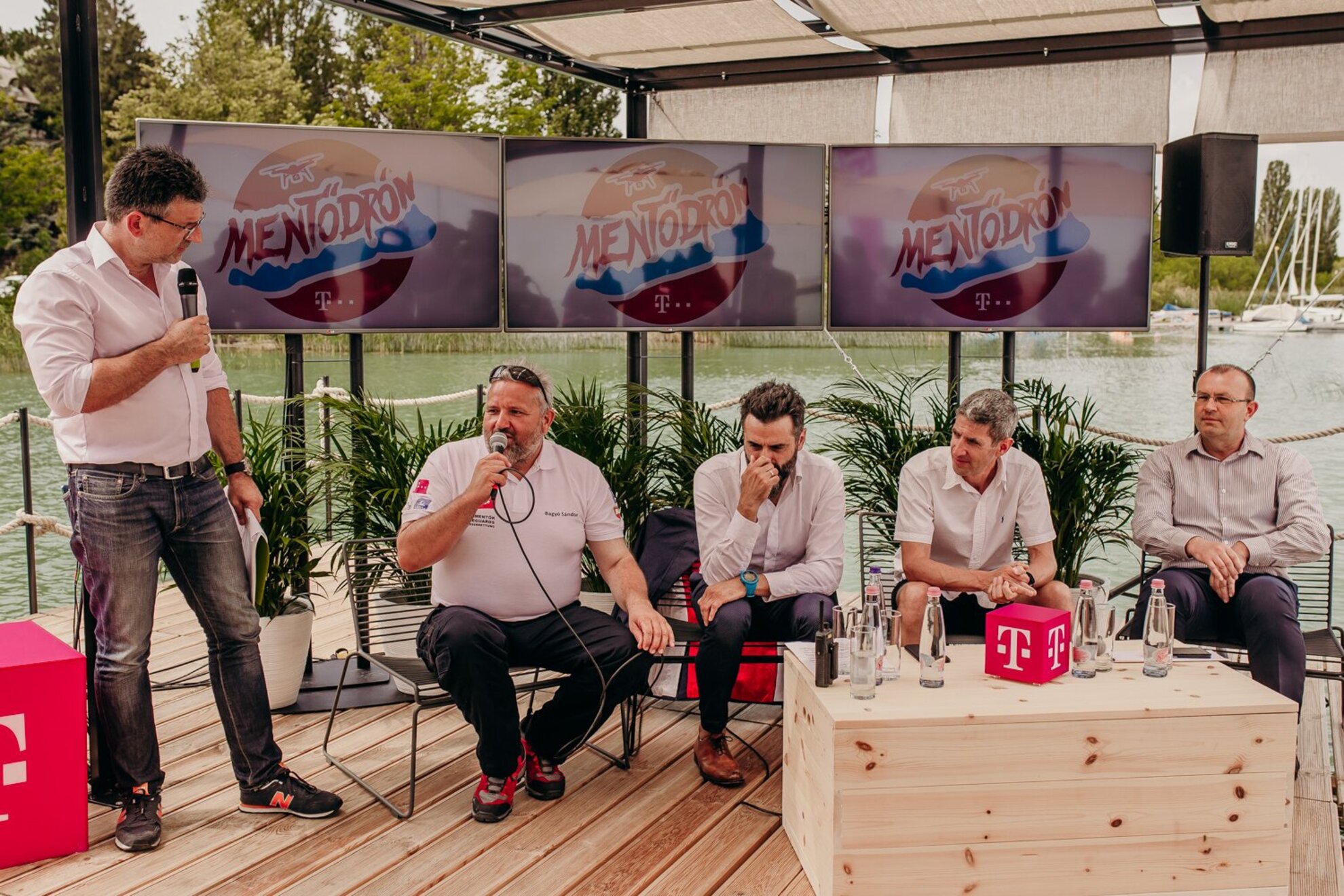
In 2018, lifeguards had to intervene on 3,600 occasions, while boats were sent out about 100 times. According to Bagyó, the stronger the prevention, the less the intervention.
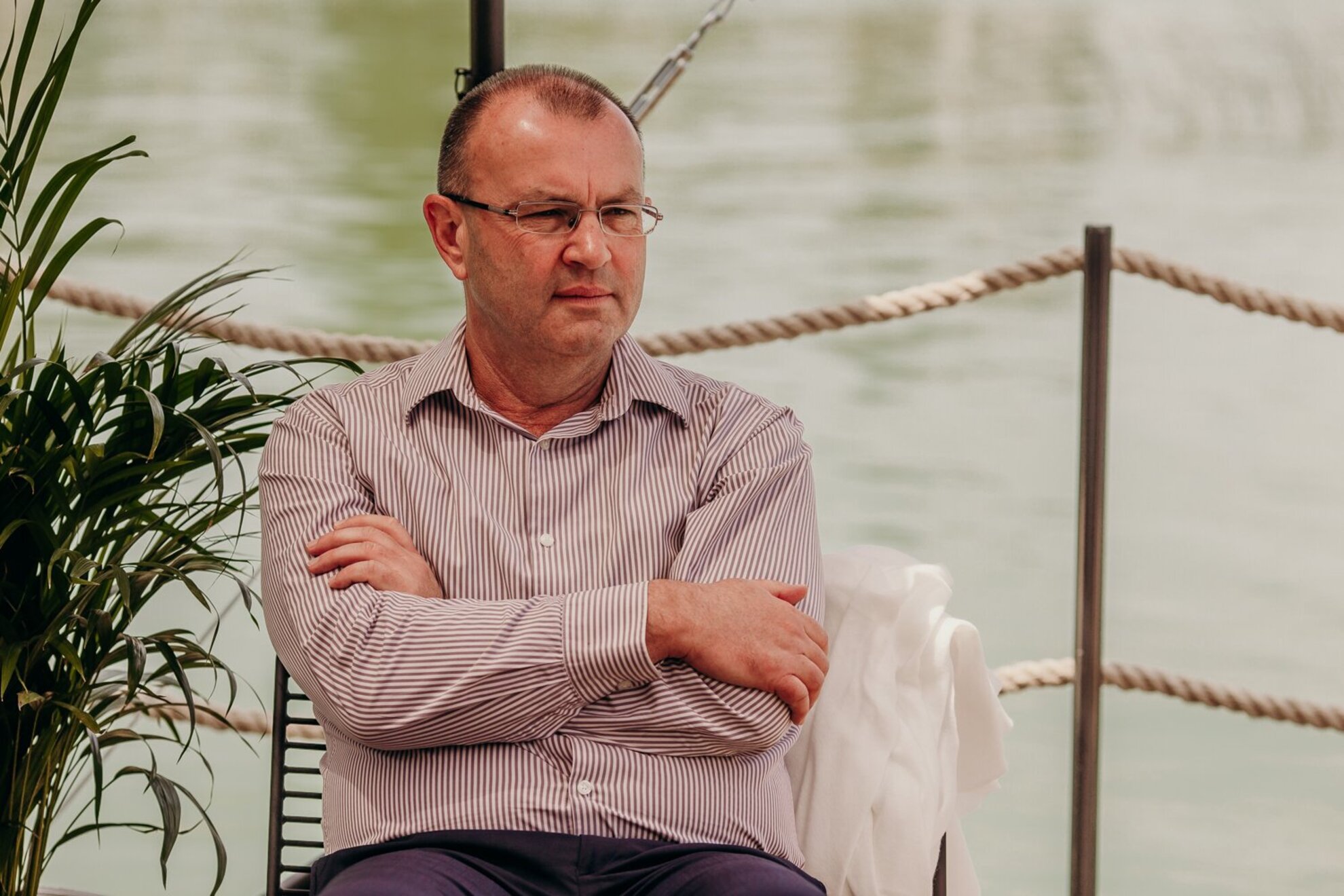
Three drones will serve at Lake Balaton this summer, two scouts and one carrier. Thanks to their help, it will be possible to warn those in the water. A system of coordination has been developed to synchronise rescue operations and safety measures.
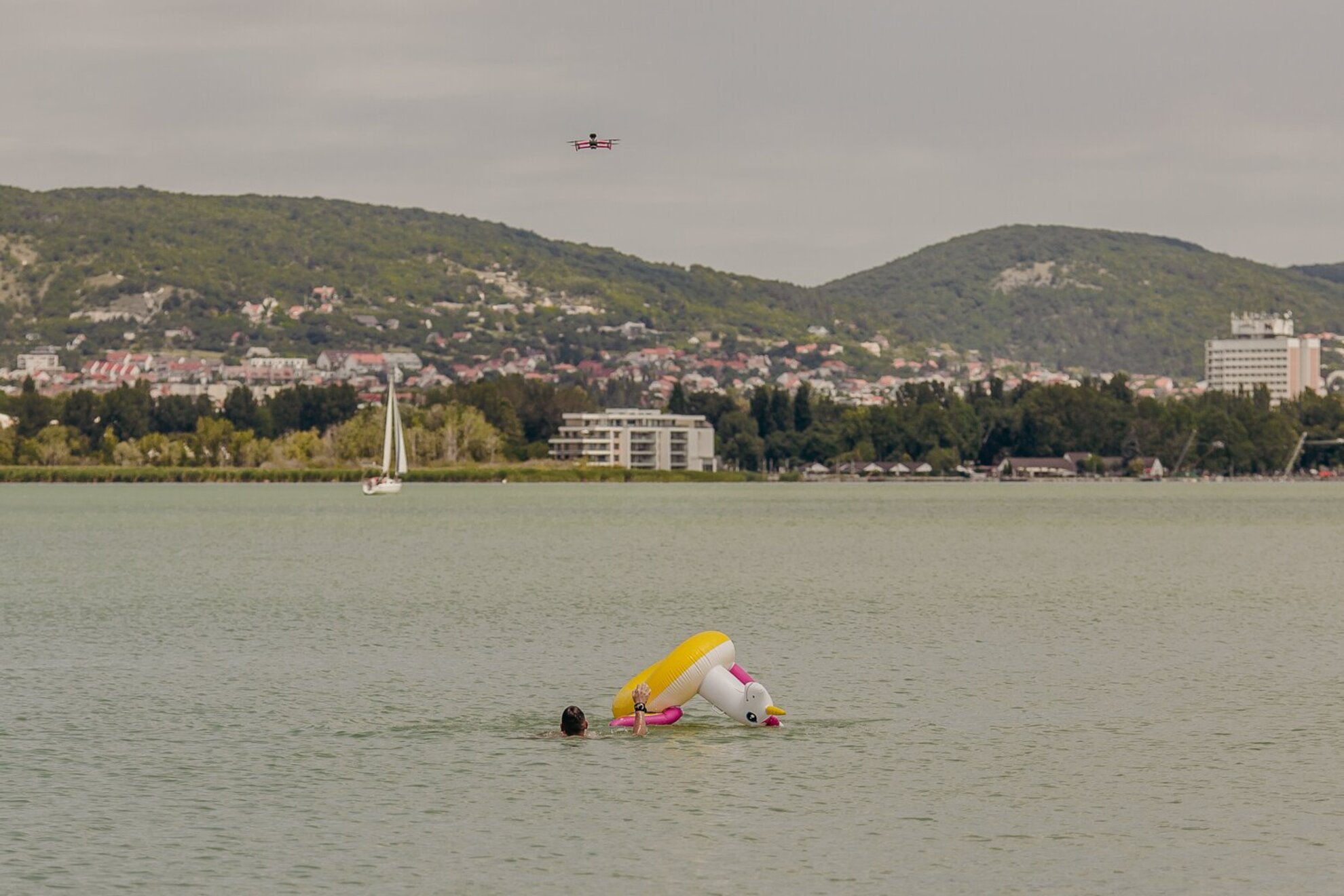
Alfa, Bravo, Charlie
Named Alfa, Bravo and Charlie, two of the drones are scouts, equipped with thermal-imaging cameras of great help in the dark. The third can carry lighter weights, like the self-inflating rescue tool that it can drop down to those who are in danger. Speakers can help to give instructions or calm down the person in the water. The drones’ range is five kilometres and they can go as fast as 70 kilometres per hour.
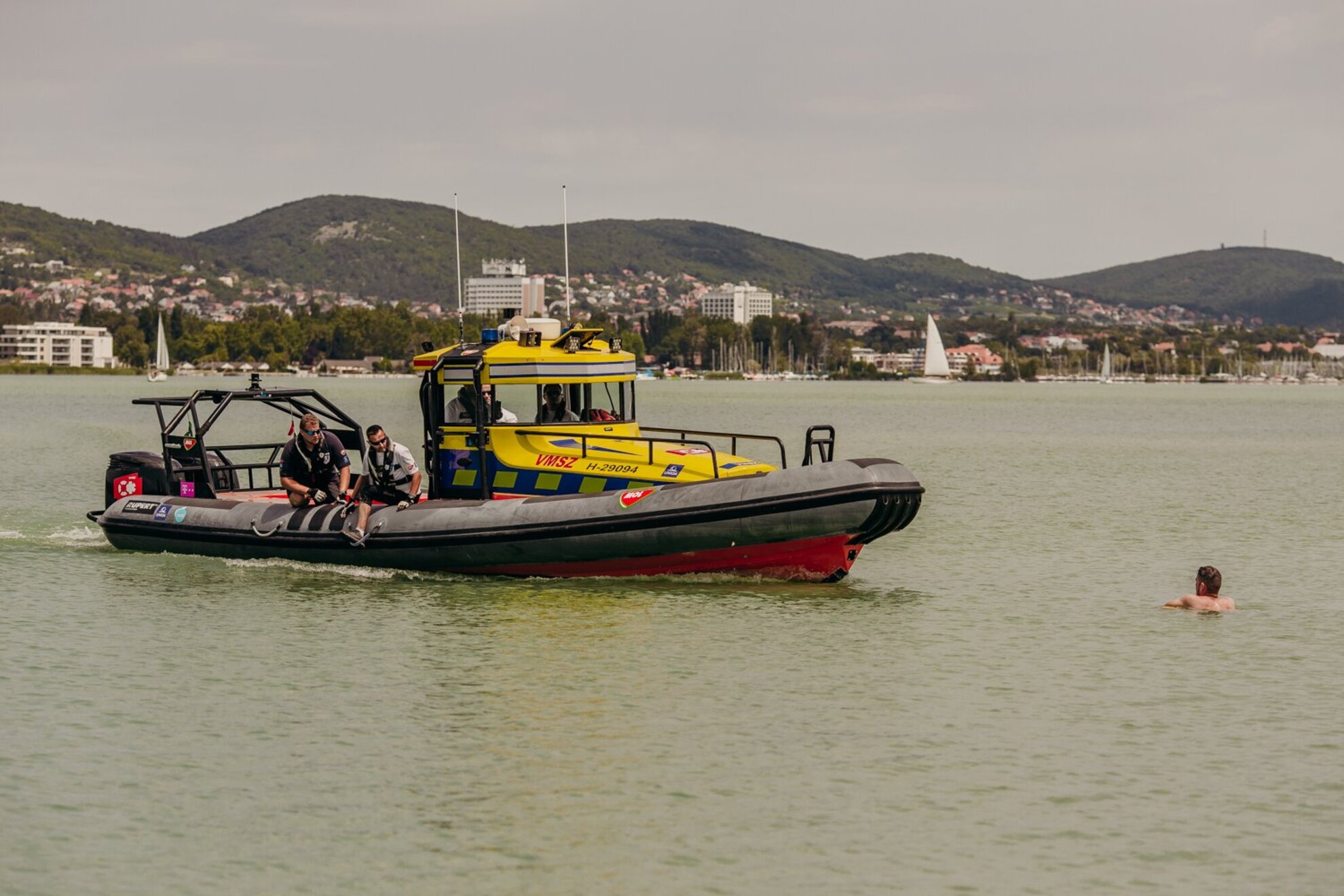
During the press event, all these functions were demonstrated with the help of a volunteer: the drones dropped the self-inflating tool, while the biggest rescue boat, Rupert, was dispatched by radio from the shore. The volunteer was saved and brought safely back to dry land.
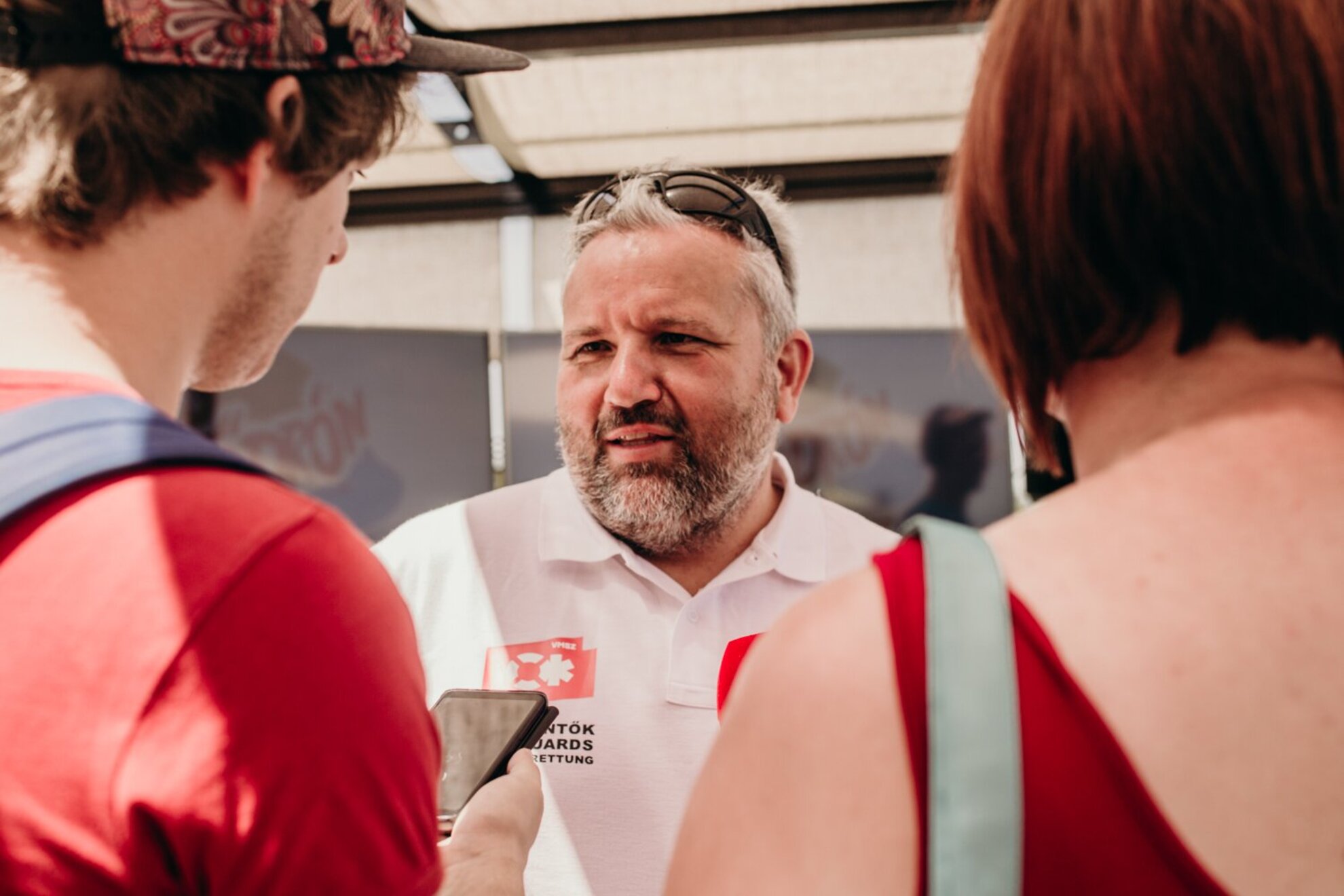
Although currently the lifeguards are only testing the drones, the future looks promising. There might come a time when underwater drones could also operate at Lake Balaton. For now, they will mostly help with finding the people in need of assistance and in warning about dangerous situations.
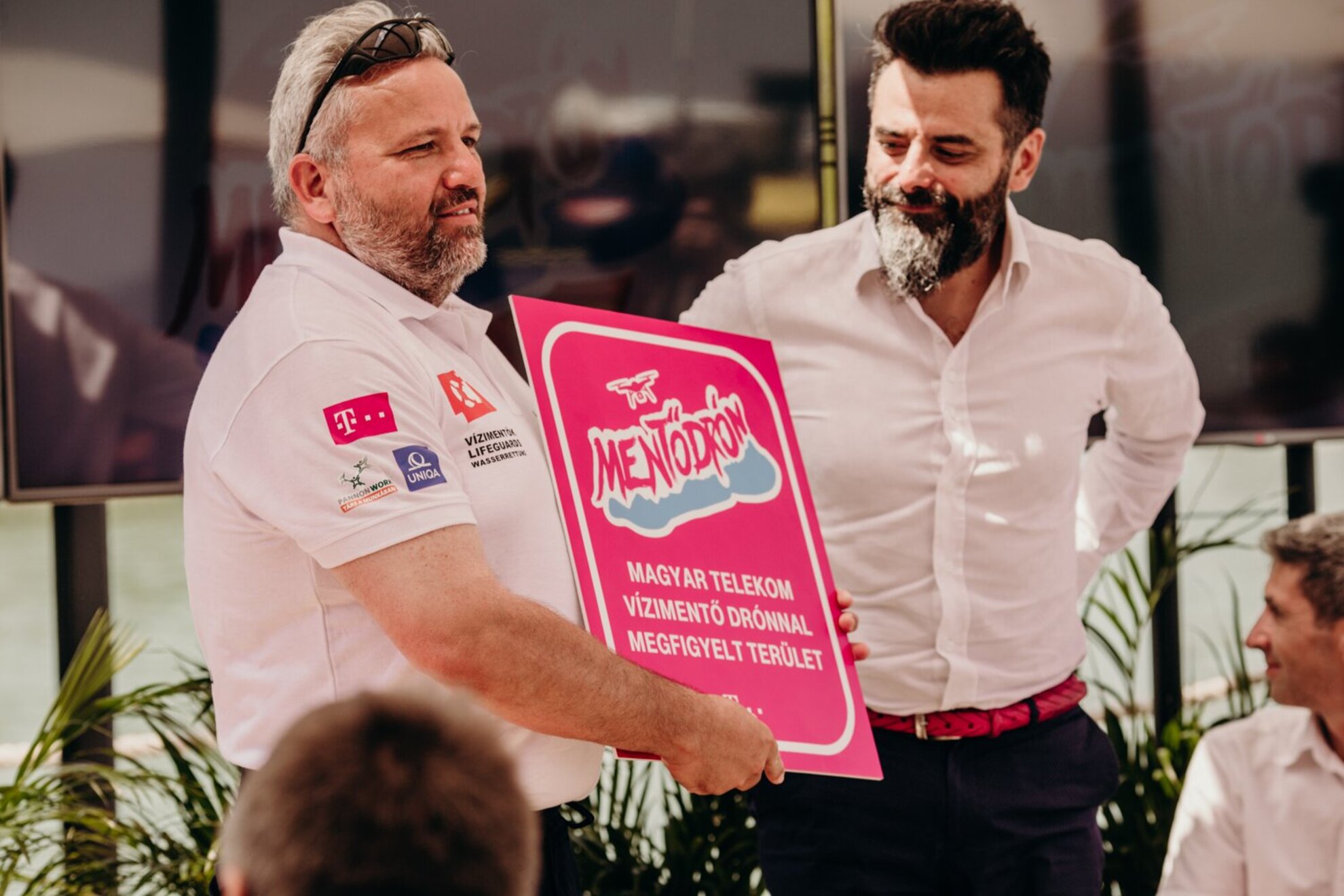
The biggest problem is rain, but drones can fly in winds as strong as 40 kilometres/hour and can provide storm warnings.
